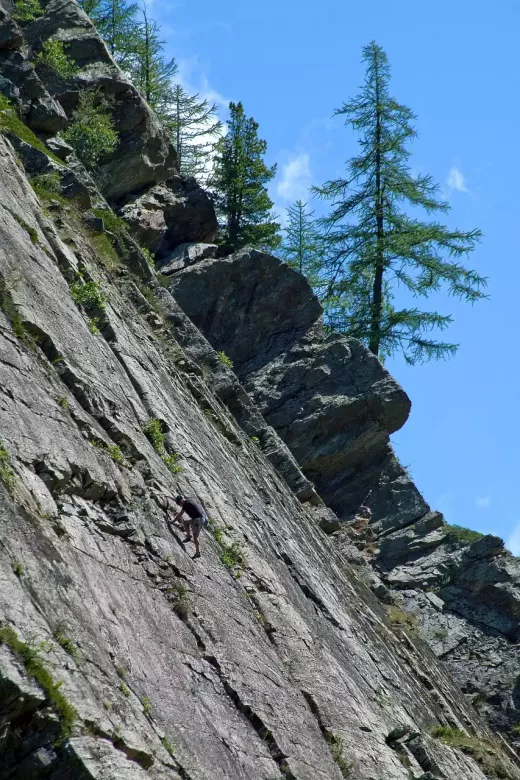What are Fixed-Wing Drones?
Fixed-wing drones are a type of drone aircraft that uses a type of aerodynamic lift called “fixed-wing lift”. This type of lift is generated by the motion of an airfoil that is “free” and “unattached” to the surface of the craft. This allows the drone to fly in a straight line, and hover in place, similar to the way an airplane flies, as opposed to multi-rotor drones, which use a different lifting mechanism, called “rotor lift”. Both systems have their pros and cons and are used for different applications. Fixed-wing drones can be used for long-range applications, such as surveying and mapping, or for applications that require a larger payload, such as carrying a heavy camera or transporting certain types of cargo. They are also commonly used for applications that require a lot of hovering time, such as aerial photography and videography.
Different Types of Fixed-Wing Drones
In order to choose the right fixed-wing drone for your needs, it’s important to understand the different types of fixed-wing drones. Here, we’ve outlined the three main types of fixed-wing drones, namely multi-rotor drones, single-rotor drones, and hybrid drones.
-Multi-rotor drones: A multi-rotor drone uses a set of rotating blades, called rotors, to generate lift, much like a helicopter. These types of drones are often used for commercial applications, such as delivery, search and rescue, monitoring crops and livestock, or other similar uses. Multi-rotor drones are also often used for recreational purposes, such as for racing or photography, but they are typically less suitable for long-range applications due to their relatively short flight time.
-Single-rotor drones: A single-rotor drone uses one large rotor to generate lift, much like a helicopter. Single-rotor drones are often used in commercial applications, such as agriculture or security, and for recreational purposes, such as racing. Single-rotor drones are a good choice for long-range applications, as they are relatively lightweight and capable of long flights, and are also suitable for applications that require a large amount of hovering time.
-Hybrid drones: A hybrid drone is a combination of both a multi-rotor and a single-rotor drone. This allows for the best of both worlds, but will likely come with a higher price than a pure fixed-wing drone. Hybrid drones are often used for applications that require a large payload capacity, such as carrying a heavy camera, or for long-range applications that require a certain level of hovering time.
Top 5 VTOL Fixed-Wing Drones
Factors to Consider when Choosing Fixed-Wing Drones
When choosing the best fixed-wing drone for your needs, there are several important factors to consider, including flight time, maximum speed, range and altitude, camera capabilities, and price.
-Flight time: The flight time of a fixed-wing drone is important to consider, as it will determine how long the drone can remain in the air before needing to be recharged. In general, higher-end fixed-wing drones will have a longer flight time than lower-end models.
-Maximum speed: The maximum speed of a fixed-wing drone is important to consider if you plan on using the drone for applications that require a high speed, such as racing, or for long-distance travel. Generally, a high-end fixed-wing drone will have a higher maximum speed than a lower-end model.
-Range and altitude: The range and altitude of a fixed-wing drone are important to consider if you plan on using the drone for long-range applications, or for applications that require a certain level of hovering time. Generally, a high-end fixed-wing drone will have a longer range and a higher altitude than a lower-end model.
-Camera capabilities: The camera capabilities of a fixed-wing drone are important to consider if you plan on using the drone for photography or videography. Generally, a high-end fixed-wing drone will have better camera capabilities than a lower-end model.
-Price: The price of a fixed-wing drone is important to consider when purchasing your drone, as more expensive models are often more feature-rich, and may suit your needs better. Generally, a higher-end fixed-wing drone will cost more than a lower-end model.
Fixed Wing v Multi-Rotor: What's Better?
Flight time
The flight time of a fixed-wing drone is important to consider, as it will determine how long the drone can remain in the air before needing to be recharged. In general, higher-end fixed-wing drones will have a longer flight time than lower-end models. Therefore, when choosing a fixed-wing drone, it’s important to determine how long you’ll need your drone to stay in the air. If you plan on using your drone for a long-distance flight, you’ll likely want to choose a drone with a longer flight time so that it can stay in the air long enough to complete the journey. If you plan on using your drone for a short-distance flight, such as for photography, you may want to choose a drone with a shorter flight time, so that you can have more control over the duration of the flight.
Maximum speed
The maximum speed of a fixed-wing drone is important to consider if you plan on using the drone for applications that require a high speed, such as racing, or long-distance travel. Generally, a high-end fixed-wing drone will have a higher maximum speed than a lower-end model. If you plan on using your drone for a short-distance flight, such as for photography, you may want to choose a drone with a lower maximum speed, so that you can have more control over the speed of the aircraft during the flight.
Range and altitude
The range and altitude of a fixed-wing drone are important to consider if you plan on using the drone for long-range applications, or for applications that require a certain level of hovering time. Generally, a high-end fixed-wing drone will have a longer range and a higher altitude than a lower-end model. If you plan on using your drone for a short-distance flight, such as for photography, you may want to choose a drone with a shorter range and a lower altitude, as this will allow you to hover closer to your subject.
Camera capabilities
The camera capabilities of a fixed-wing drone are important to consider if you plan on using the drone for photography or videography. Generally, a high-end fixed-wing drone will have better camera capabilities than a lower-end model. If you plan on using your drone for short-distance photography, such as taking aerial photos of gardens or surrounding landscapes, you may want to choose a drone with lower camera capabilities, as you won’t need a powerful camera to take these types of photos.
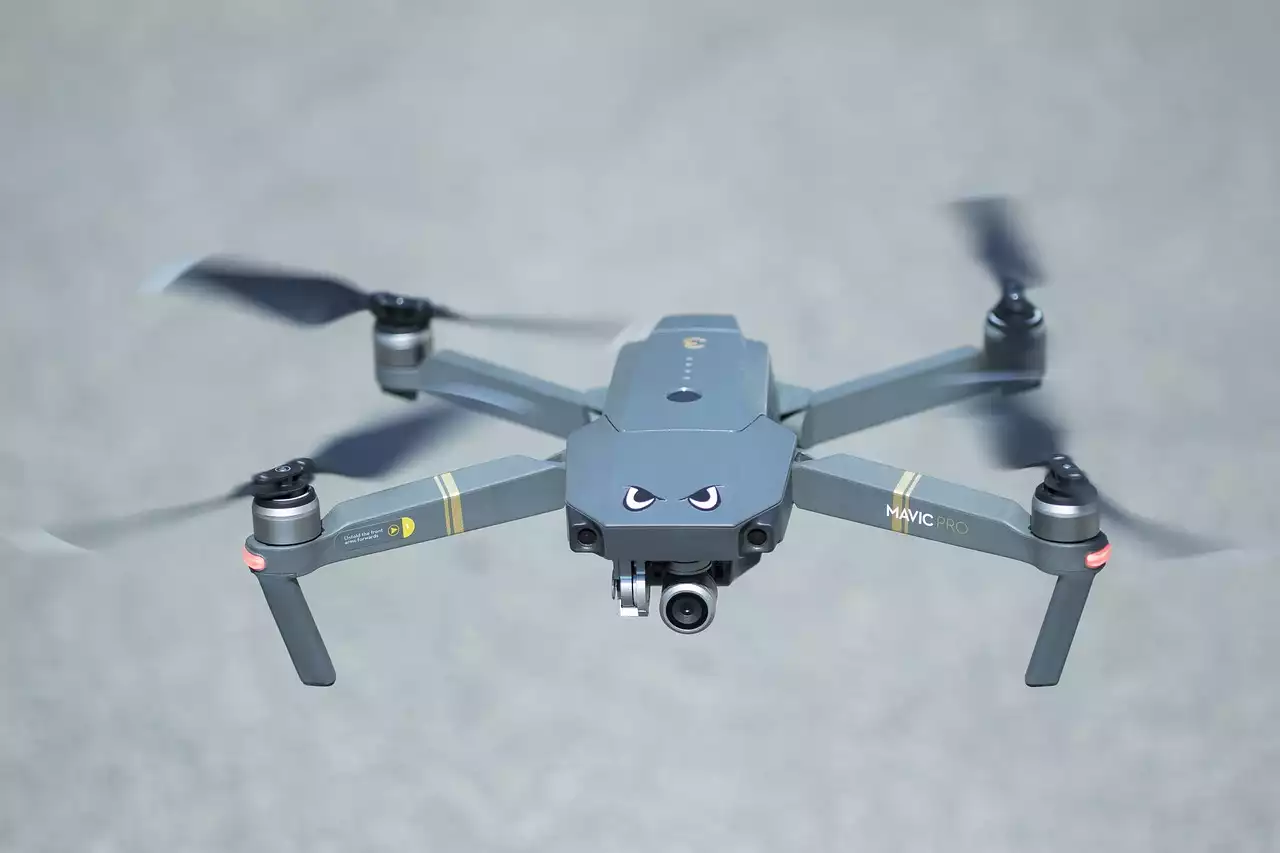
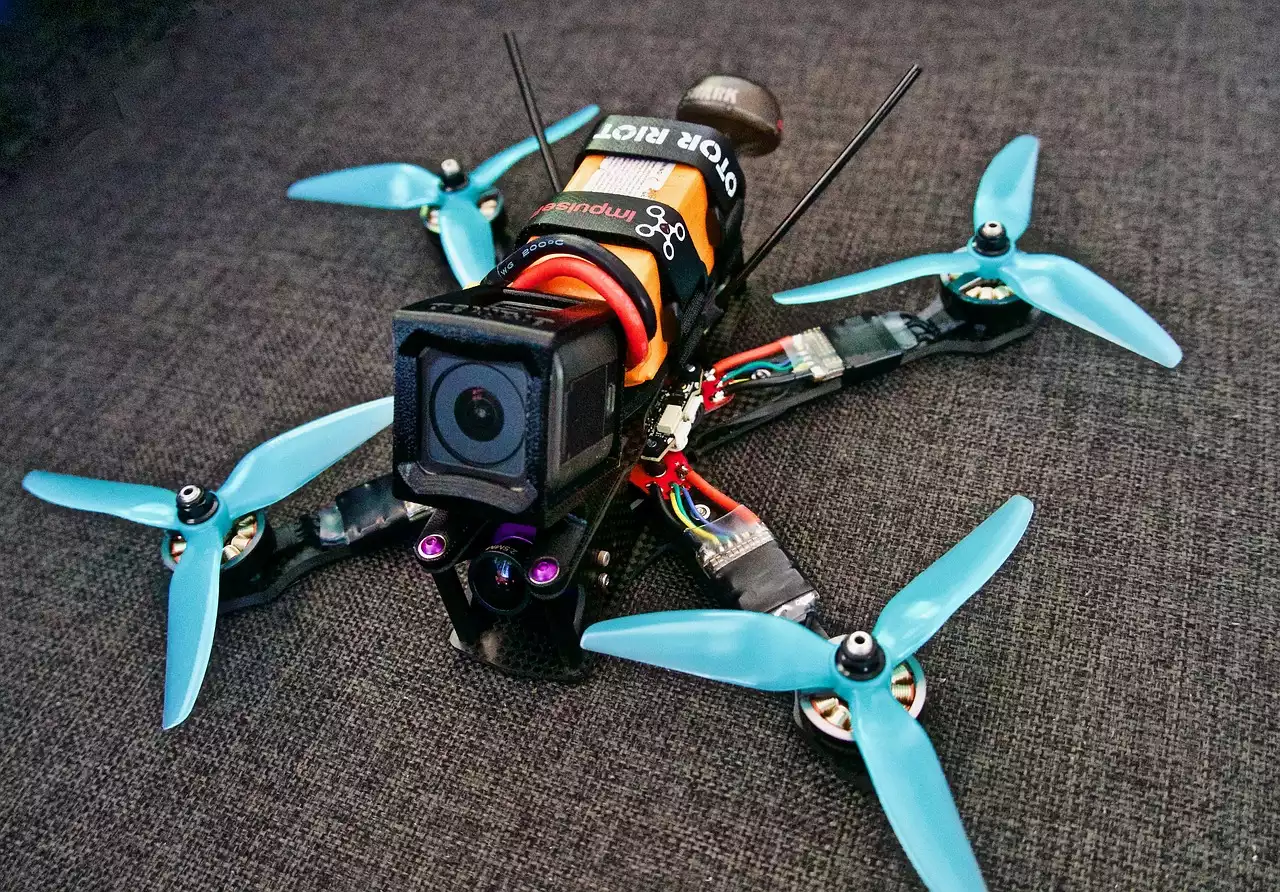
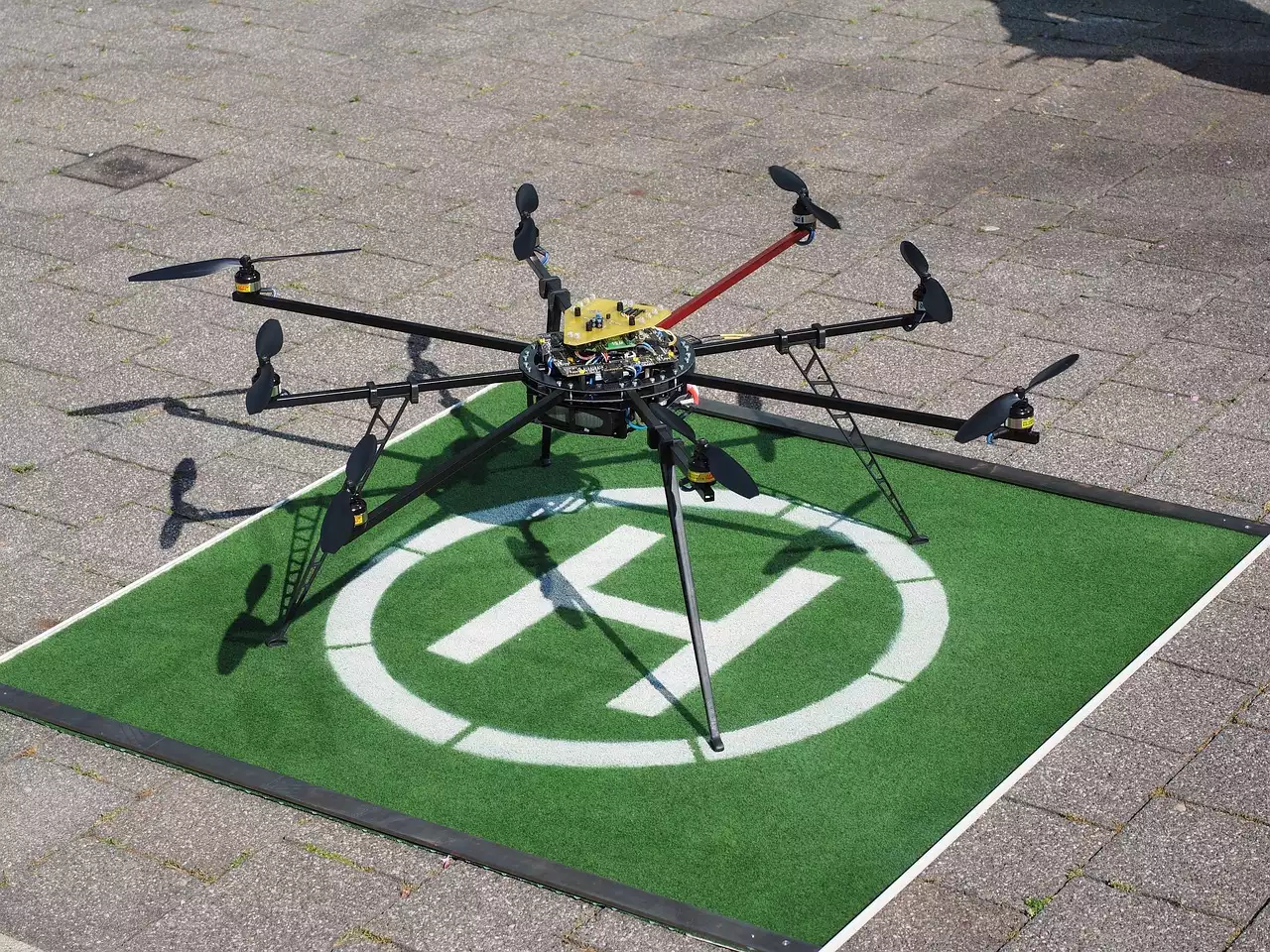
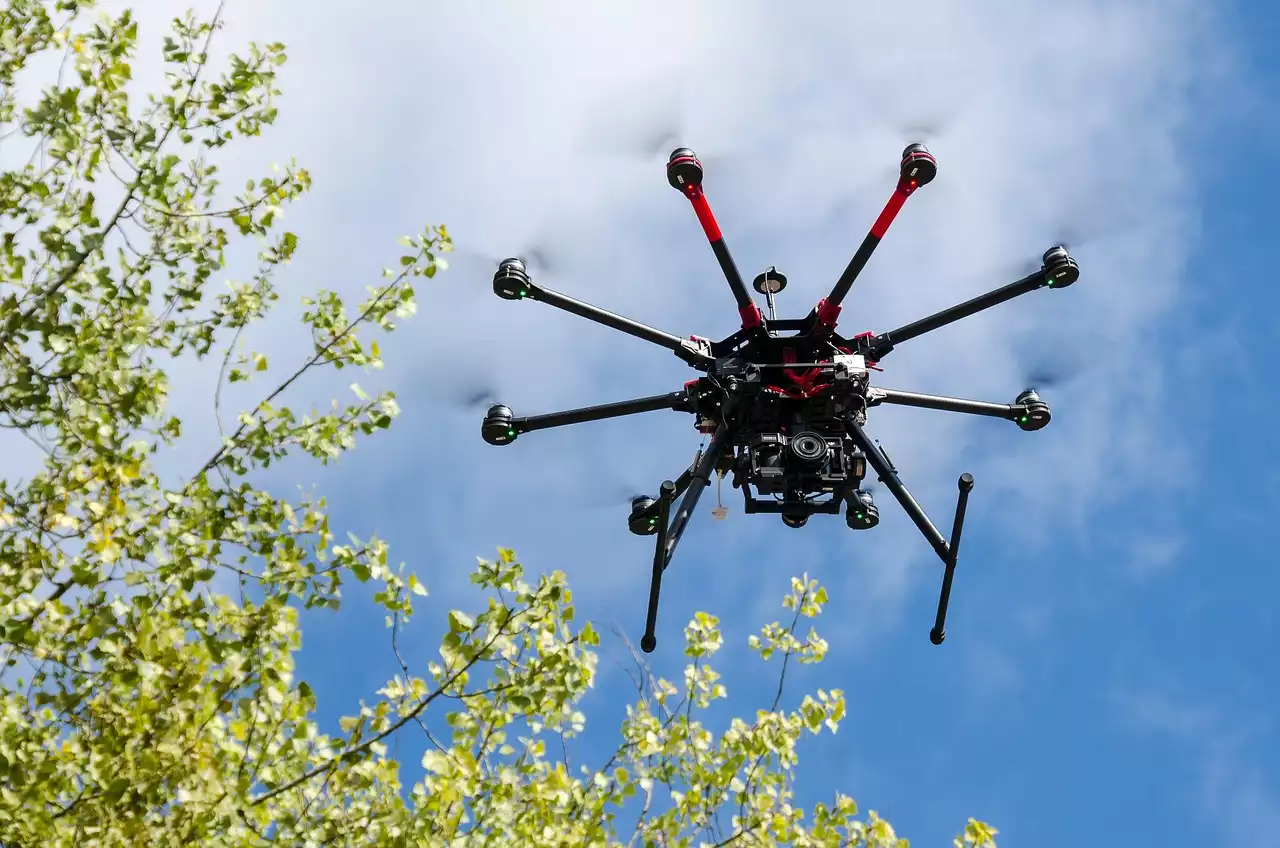
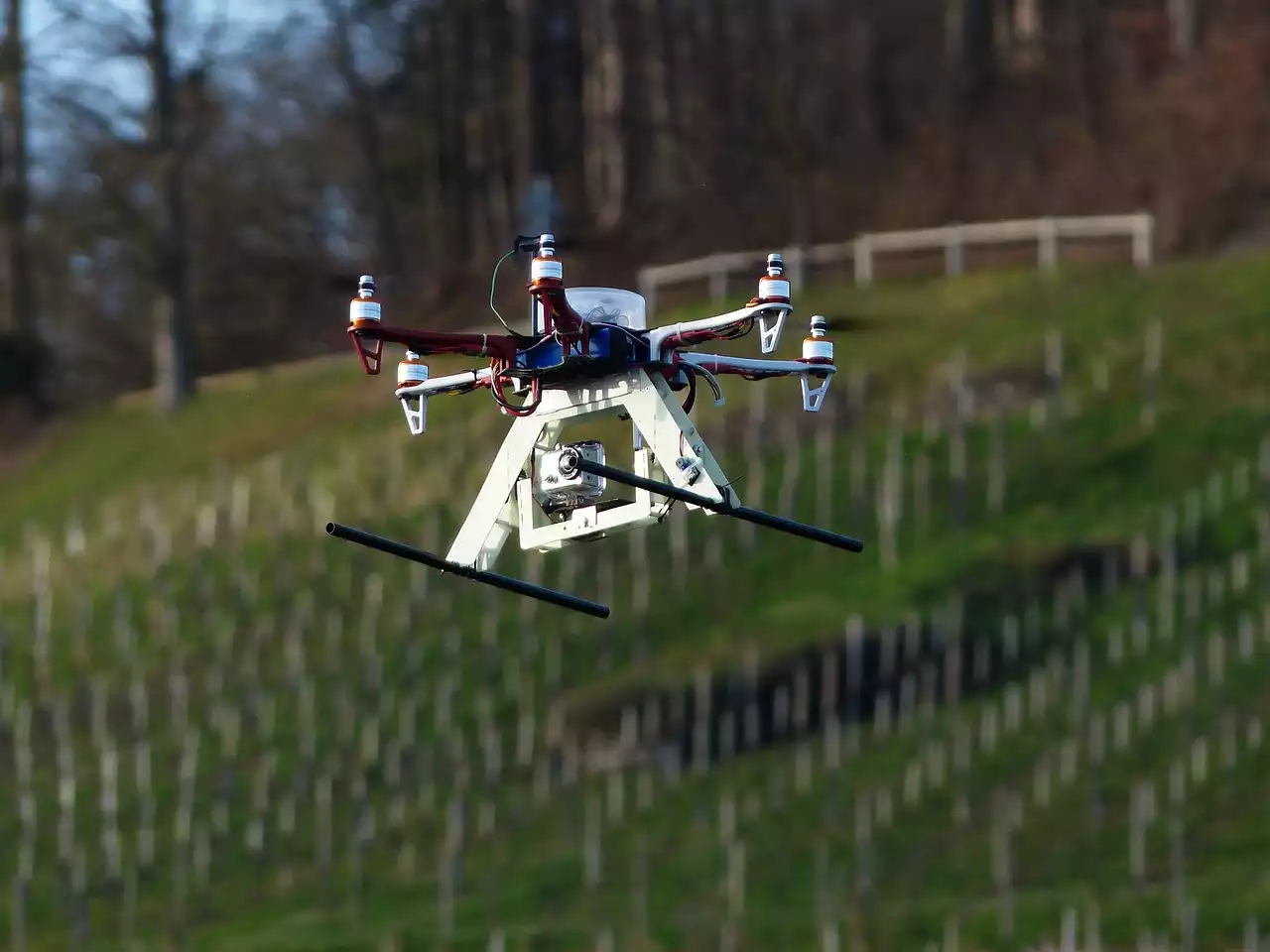

.png?size=50)
